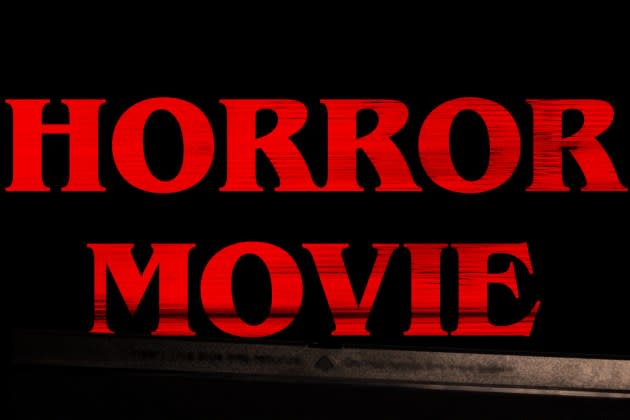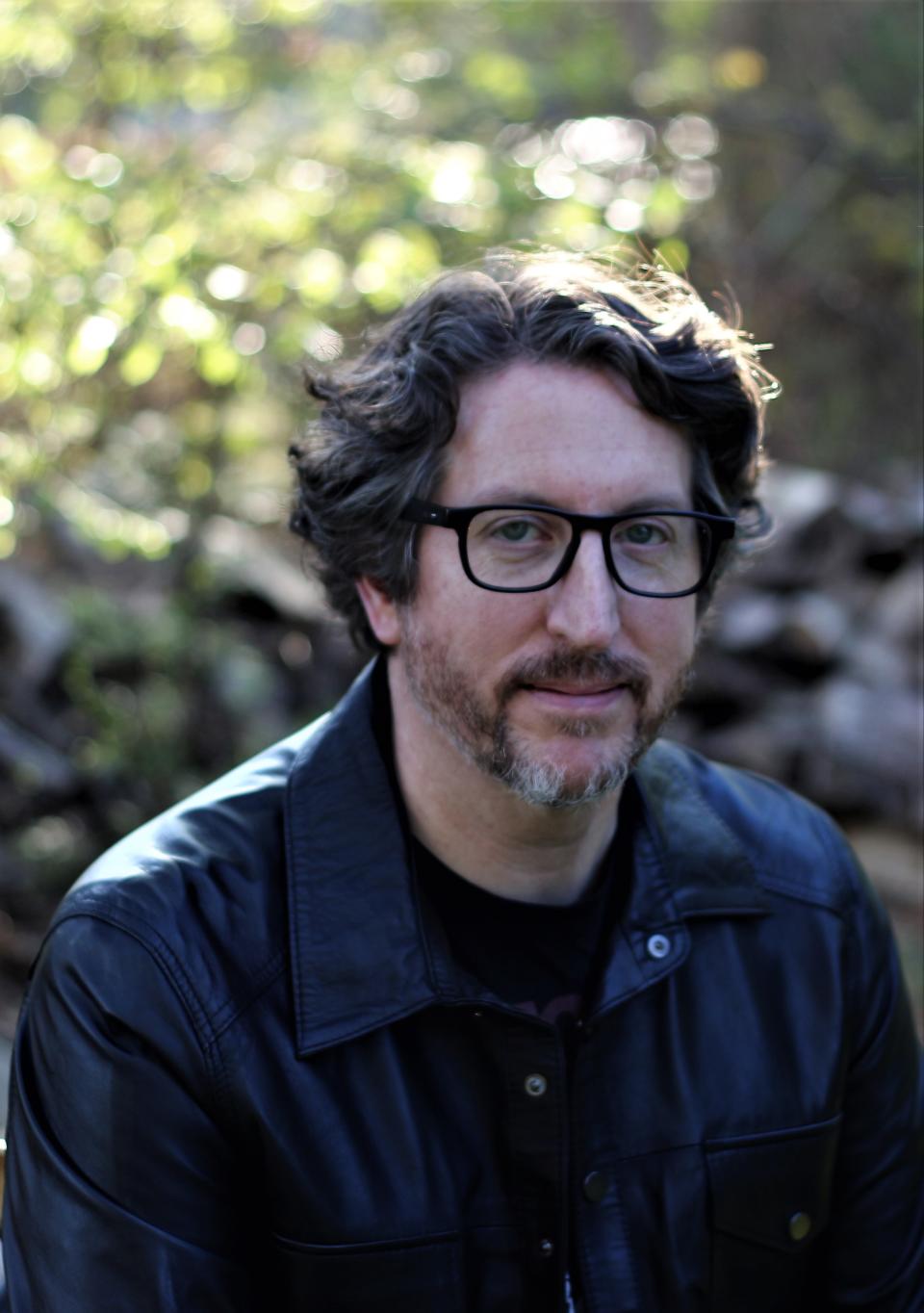Paul Tremblay on His Haunted New Novel ‘Horror Movie’ and the Joy of Having Robert Downey Jr. and M. Night Shyamalan Adapt His Books

Horror author Paul Tremblay developed a deep love of spooky stories early on, and he tackles the haunted films genre with his newest novel, “Horror Movie” (out Tuesday via William Morrow and Company). The plot concerns a ’90s cult classic horror movie which left all but one cast member dead and the dark stories that are dredged up as a remake comes closer to reality.
Professionally, Tremblay is no stranger to scary movies, as his 2019 novel “The Cabin at the End of the World” was adapted into M. Night Shyamalan’s 2023 film “Knock at the Cabin.” Next up is an adaptation of his 2015 book “A Head Full of Ghosts,” which is set to be produced by Robert Downey Jr. and directed by Austrian filmmakers Veronika Franz and Severin Fiala, who also helmed dark horror films like “Goodnight Mommy” and “The Lodge.”
Tremblay spoke with Variety about horror movies both real and imagined, what it’s like having your work adapted by Hollywood heavyweights and what movies actually scare him.
How did you come up with the idea of “Horror Movie”?
It was one of those fun, random discoveries I wasn’t anticipating writing this book. Sometimes I’m forced to plan it out with my book deals, but this one … it was winter or early spring of ’22. I’d had another book idea, but I wasn’t loving it. My friend and great writer Stephen Graham Jones, we just shoot each other recommendations. He said, “Hey, you should watch my friend Walter Chaw and John Darnielle discussing ‘The Texas Chain Saw Massacre’ in this YouTube video essay.”
I watched it and was enthralled listening to two really smart people talk about this movie that’s both great and notorious. During the talk, Walter held up a book called “Chain Saw Confidential” that [Leatherface actor] Gunnar Hansen had written. Man, that book was just a lot of fun. Gunnar definitely plays up blurring of the line between him and Leatherface, but it’s wonderfully written. There are certain points in that book where I thought, ‘Man, that set was pretty dangerous based on what they were doing.’ That just sent me into the rabbit holes: What would have happened if a chainsaw slipped somewhere along the way or something like that?
“Horror Movie” becomes something not much different than that. That’s where I first started thinking about it. It made sense to me because what I knew about story was really through watching movies as a child of cable TV and the VCR. I had to learn story differently when I first started reading, so it was kind of fun. Now, at this point in my writing life, I like to look back at the differences between movies and novels, how each work and how each doesn’t work, and how they communicate and how they don’t.
Do you think there is some sort of negative energy on the sets of dark horror films?
What I really wanted to dig into when I wrote this was the collective will. What is this collective will that it takes to make a movie, in particular? The movie that I’m writing about, which was very small, family-funded and with some grants — this independent film is what would motivate these people to sacrifice so much.
Maybe some people are quitting jobs to sacrifice and give so much to this particular project. If there’s a curse of anything, it’s just the idea of this collective will. That collective will starts to overtake the concerns for the individuals involved. To me, if anything’s like a cursed film, it’s the idea when all these people say, “This thing that we’re making is more important than we are as individuals,” so that idea will lead you to taking risks.
What were you most surprised by during the production of “Knock at the Cabin”?
When I got to visit the set for two days, it was just shocking to see how much goes into this $25 million movie. It’s this giant warehouse in Philadelphia where they built basically the interior sets for the cabin, and this army of people that are working.
As a novelist, it’s just me sitting down with my laptop, so you can sort of intellectualize. But until you see it, it was really a shock. I had no idea what to expect. I mean, I think most novelists dream about having an adaptation, because if nothing else, you have the money that comes along with an adaptation.
What are the modern horror movies that really speak to you?
I definitely find myself more attracted to independent or foreign films, because it seems like they take more chances. They’re not as wedded to the strict three-act structure with the beats in the right places and all that. I love movies that take chances. As a horror fan, I want to be made to feel uncomfortable. I don’t want the same old thing every time.
When I see something made by someone like Demián Rugna, the Argentinian director of “When Evil Lurks” and “Terrified,” it’s pure nightmare fuel. It’s almost like the plots don’t even matter because the tone and the emotion they wring out of you is just amazing.
[Rose Glass’] “Saint Maud” is another mesmerizing horror movie. I love finding hidden gems, the things I talked about through the characters in my book. These things where people were making it not because of the money — they were making it because they had to. I I just find that really fascinating, especially when it’s horror: What drove you to make this really discomforting thing?
Your novel plays with form, even including screenplay pages. Were you worried at all about the structure potentially interrupting the story?
I’m always nervous about how things fit together. If I’m going to include something that’s not typical to what you find in a book, like some sort of typographical thing, I have to make sure it’s there for a reason. It has to be part and parcel of the theme of the story or, in my head, the story couldn’t have been told any other way without including the screenplay.
To the best of your knowledge, are you still going forward with a “Head Full of Ghosts” film adaptation, now that Robert Downey Jr. is on board as a producer?
Yeah, we renewed the option, which was a big to-do because the other one had completely run out just about a month and a half ago. It definitely feels like momentum is building towards “maybe this will be the thing” and I hope it is. I haven’t read the screenplay yet, but I did get to talk with [directors] Veronika Franz and Severin Fiala. I’m excited, and I left that conversation really excited about what their movie might look like.

Best of Variety
Sign up for Variety’s Newsletter. For the latest news, follow us on Facebook, Twitter, and Instagram.


